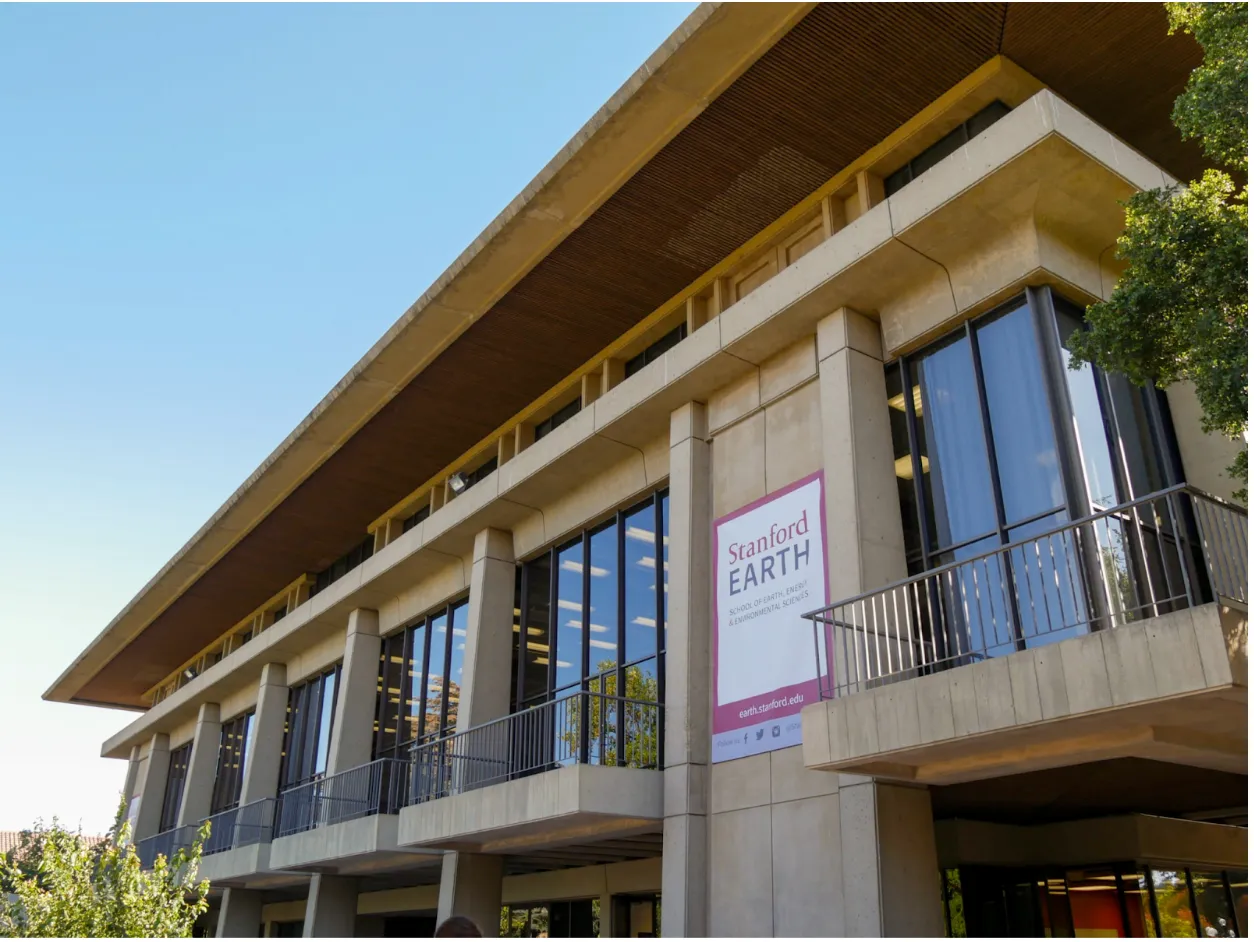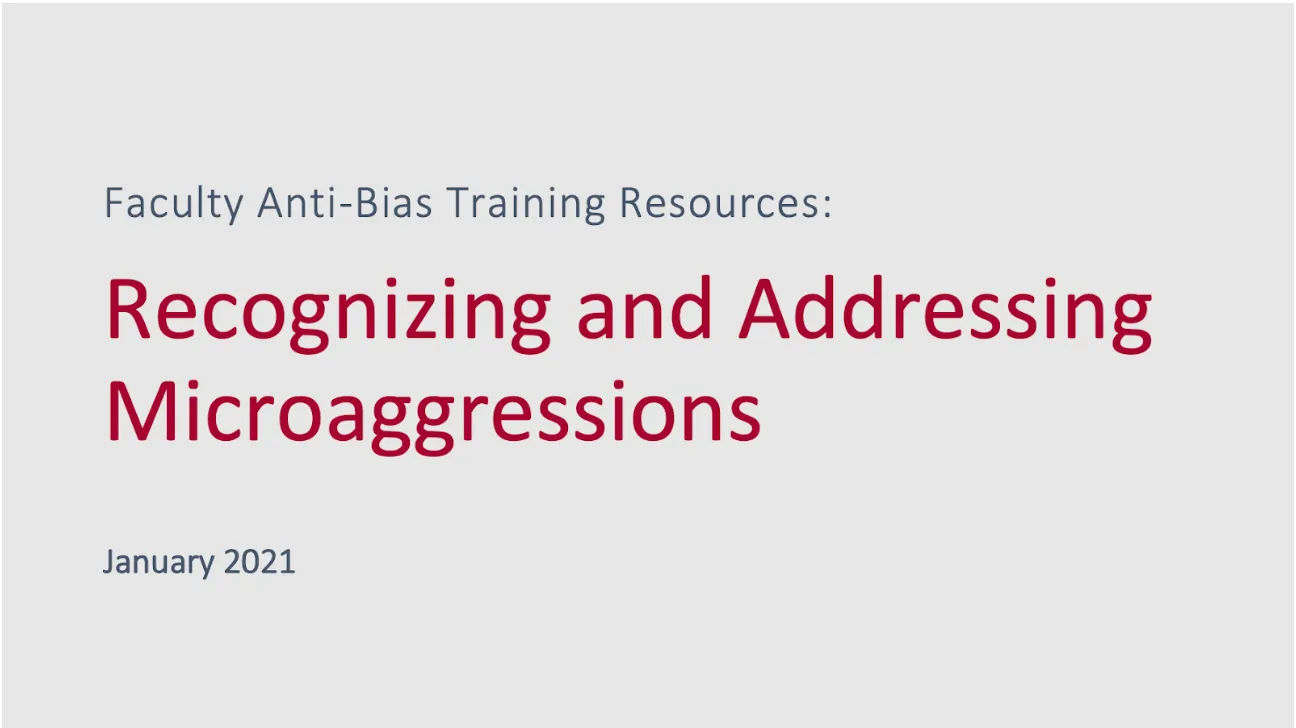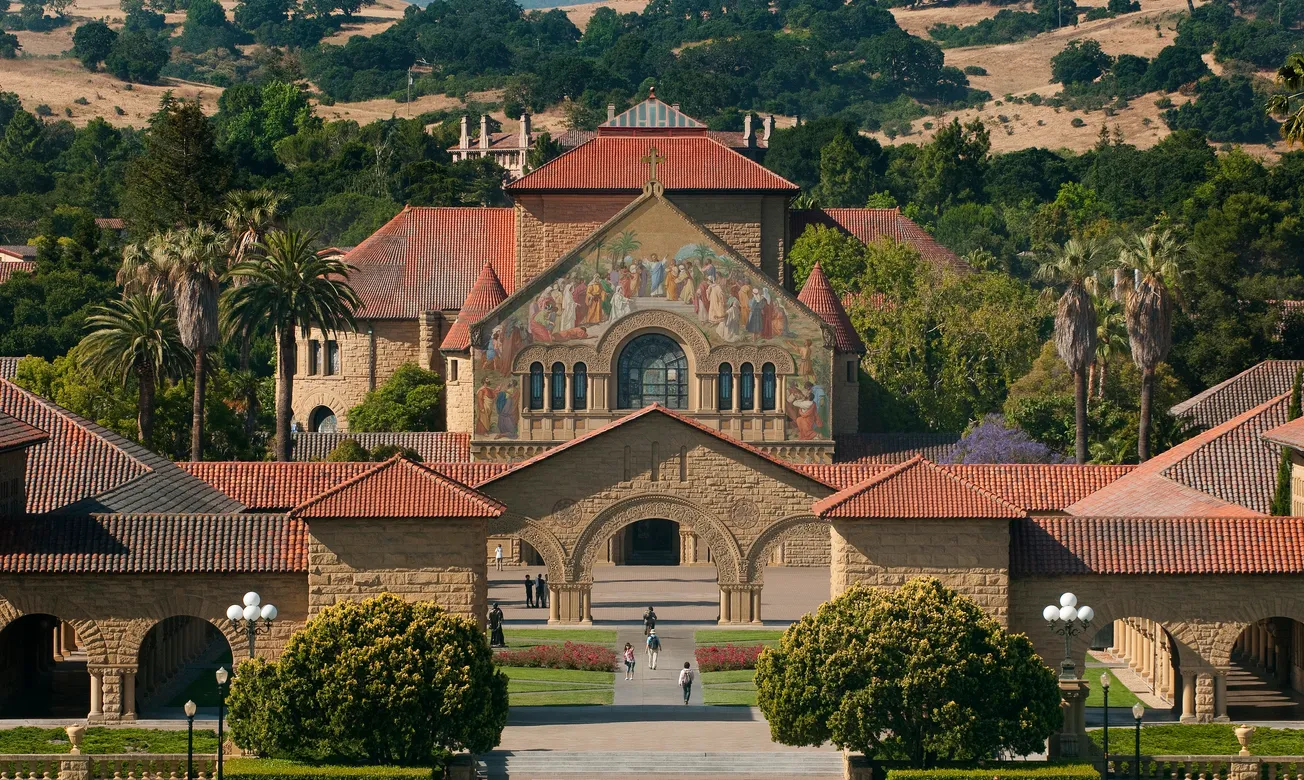Table of Contents
At Stanford, environmental science has its own inconvenient truth, and it’s not the one Al Gore talks about. The truth is identity politics pollutes the way Stanford teaches about climate change. There’s no shortage of funding for environmental science; after all, venture capitalist John Doerr recently donated $1.1 billion to Stanford for a new school of sustainability. All of this would be fine if Stanford were training climate scientists instead of climate activists.
Stanford Earth, according to its own vision, is supposed to develop “the knowledge, talent and leadership” to understand and “solve the enormous resource and environmental challenges facing the world now and in the decades ahead.” Of course, environmentalism on campus does not just have to do with the School of Earth. One part of Stanford’s earth science, known as “environmental justice,” is particularly important.
According to Stanford’s Environmental Justice Working Group (EJWG), an “intergenerational collective” of faculty and students, “environmental justice” advances policies and actions “that fight environmental racism.” Stanford’s EJWG works to “embed environmental justice into our research, teaching, and community-engagement.” The key here is that environmental justice is not science. It’s actually embedding race and gender politics into how we approach climate change and seeped into how the university teaches, discusses, and approaches science.
Stanford EJWG asks non-Indigenous people to pay the “Shuumi Land Tax” — an annual contribution (of up to 1% of income) for the crime of living in the Bay Area. If paid, the money goes to the Sogorea Te’ Land Trust (“an urban Indigenous women-led land trust”). The trust wants a “rematriation” of the Bay Area to the Ohlone Indians — a non-federally recognized tribe with less than 500 enrolled members. Guess what? Your donation is also tax-deductible! If being encouraged by a group of Stanford affiliates to pay a sketchy charity isn’t enough, you can also engage with environmental justice where it’s most prevalent, in academics.
Searching for “environmental justice” in Stanford’s 2012-2013 course catalog yields less than 16 results, but in the 2021-22 school year there are over 60 classes that mention the term. On the EJWG’s recommendation list are a host of classes to prepare you to become the radical climate activist of your dreams. AFRICAAM 207: Emergent Thinking: Abolition and Climate Change is taught by David Palumbo-Liu (Stanford’s most radical professor) and A-lan Holt. The course goal is to understand the “histories behind police and prison abolition, and the struggle for environmental justice, specifically with regard to climate change.”
One may wonder what exactly the connection between climate change and prison abolition is… Well, from the syllabus, it seems that the most legendary activists always seem to end up in one. Students can even get a sneak peek into their futures by reading Angela Davis and selections from the Zapatistas (a left-wing militia at war with the Mexican government since the 1990s). On the syllabus, there’s even an article entitled “How Plastic is a Function of Colonialism.” After all, isn’t pollution just colonization by molecular polymer?
Wait, there’s more! The flagship environmental justice course is EARTHSYS 225: Shades of Green: Exploring and Expanding Environmental Justice in Practice. It explores “gender and the outdoors, the influence of colonialism on ways of knowing, food justice and ethics.” The syllabus also states current strategies for conservation are part “of knowledge that privileges ‘expert’ scientific knowledge over experiential, emotional, situated knowledge.” In other words, we should exchange the suffocating accuracy and factualness of math and science for subjective ‘lived experience.’
The syllabus also includes a TED Talk from Kimberlé Crenshaw (the originator of the term ‘intersectionality’ and leading advocate of critical race theory) and “ecofeminist” articles (which look at how “capitalism, patriarchy, and colonialism” shape “living environments”). This kind of environmental activism strays directly from what, for decades, progressives have said climate change was about: the science. It’s not about facts and numbers but is simply another way to view the world through the lens of critical race and gender theory. EARTHSYS 169: Race, Nature, and the City, according to the syllabus, studies “critical environmental justice” and explores how “racialized people have seen and used nature.” The goal is to make women and minorities victims, this time in a world bombarded by the dangers of climate change — it turns science into the study of victimhood.
According to Stanford’s own statement, at least some of John Doerr’s recent $1.1 billion donation will be used on hiring more environmental justice faculty. Stanford can do whatever it wants with the money (and for that matter whatever Doerr wants) — but one should really question whether hiring more faculty who teach courses such as the above will actually help increase environmental sustainability.
Most environmental justice activists don’t actually want to help stop climate change because real technology-driven climate solutions would put many of these activists out of business. So, if you’re interested in helping mitigate climate change, learn a STEM discipline and focus on innovating instead of becoming a woke grifter.









